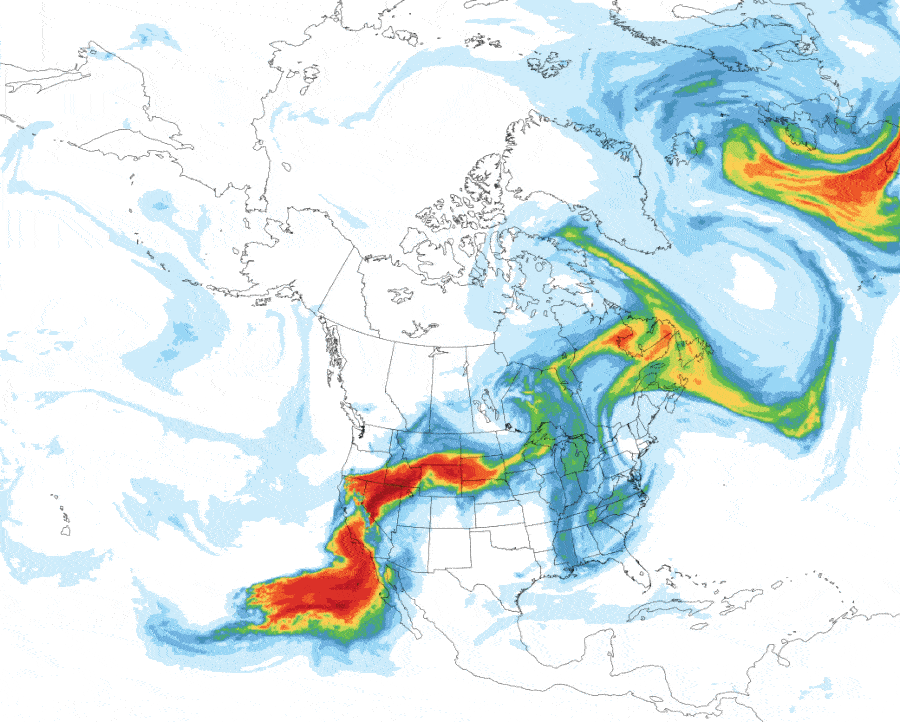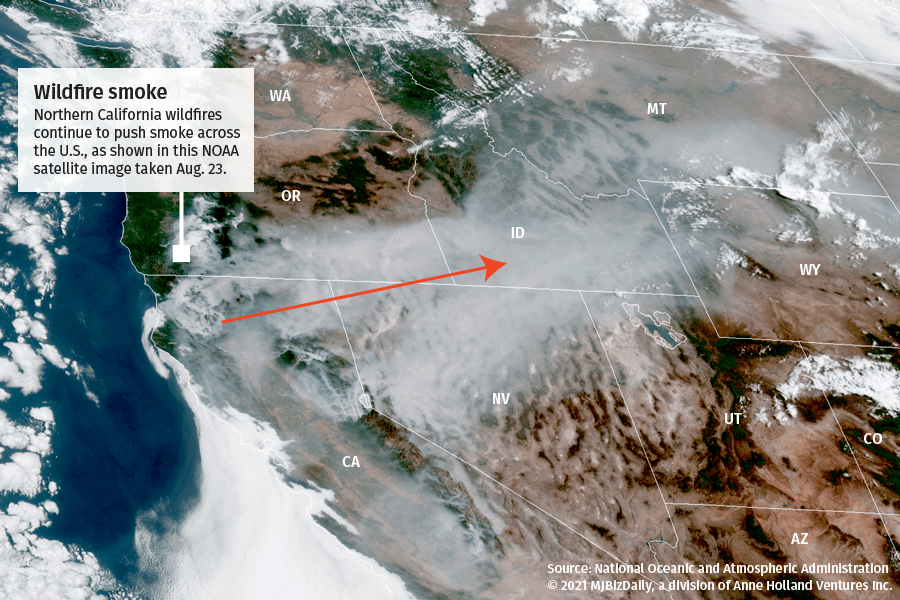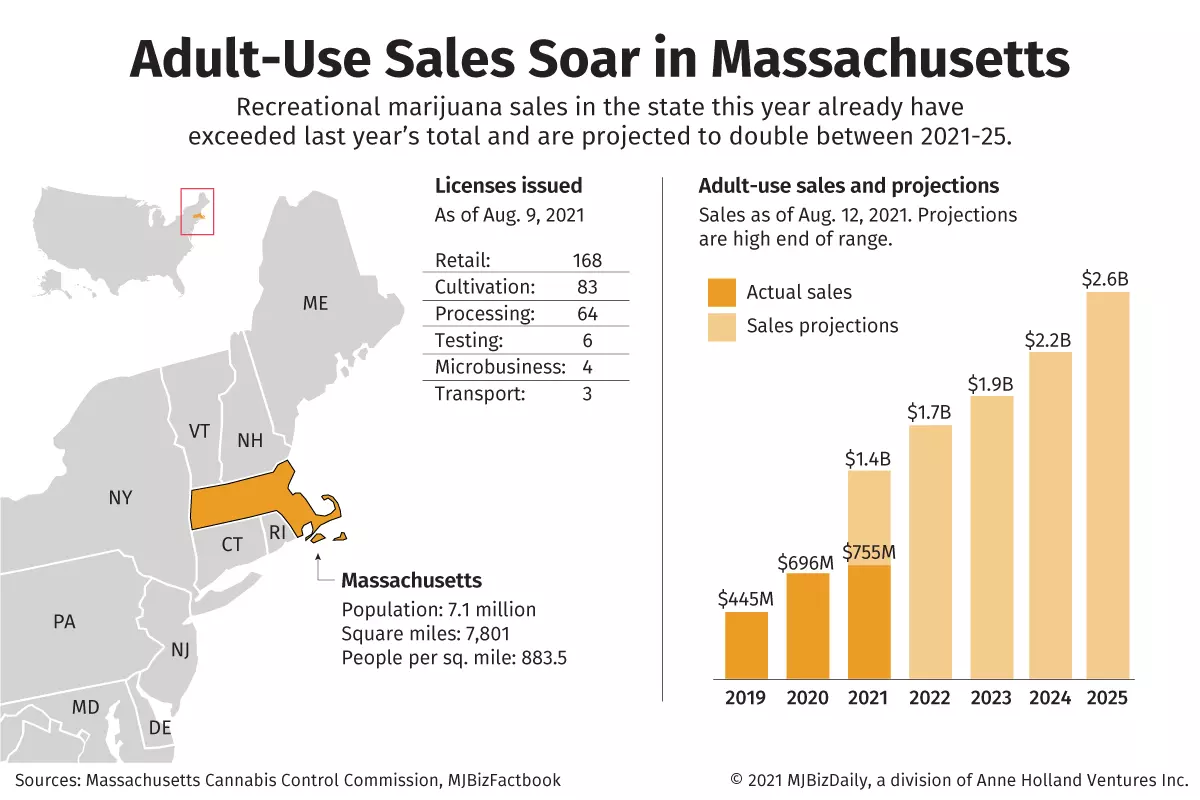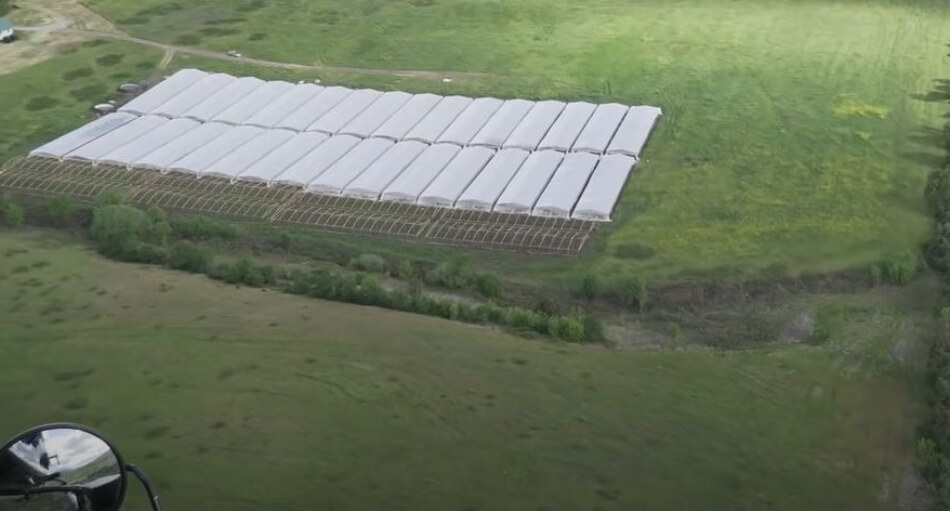(This story has been updated to correct the location of Conception Nurseries, which is based in Sacramento, not Sonoma County.)
Many cannabis growers on the West Coast have accepted the reality that wildfires and smoke are an unavoidable part of the late summer-fall growing season each year, while a few are considering other options.
This year, beginning in July, wildfire smoke blanketed much of the West, and some experts are warning that fire season could last until December.
Thick smoke can filter sunlight, reducing plant growth and yields. If a farm is too close to the fire itself, smoke can taint the cannabis and make it unsaleable even if it passes laboratory testing.
Then there’s the much more immediate danger: the wildfires that have destroyed scores of cannabis grows in the past few years and are threatening more again this year.
“It’s par for the course that you’re going to be dealing with wildfires during the season,” said Karla Avila, executive director of the Trinity County Agriculture Alliance, a marijuana trade association in Northern California’s Emerald Triangle.
Avila said that even though growers in the region prepare for wildfires and smoke year-round, it doesn’t ease the pressure.
“Doesn’t make it less stressful, but it’s something we have to be prepared for and work on all year long, maintaining our perimeters and keeping our farms defensible,” she added.
A case in point: As of Aug. 23, the Monument Fire in Trinity County had burned more than 150,000 acres and was 20% contained.
And on Monday, Gov. Gavin Newsom formally requested a major disaster declaration from President Joe Biden in order to get additional federal resources to combat wildfires in eight California counties, including Trinity.
According to Avila, hundreds of cannabis farms are affected by the Monument Fire, which the U.S. Forest Service said has been difficult to control because of “ongoing drought conditions, dry fuels and steep terrain.”
Emphasizing that the fire remains a threat, Avila said she knows of cannabis farms that have been destroyed and others that growers have been able to save.
“It’s definitely been a few years in a row here of pretty intense fire that has affected a large part of our county, so it feels like a heavy lift, to be in the middle of it for weeks or months on end,” Avila said.
“It’s wearing. It’s taxing, to be under fire duress for long periods.”


Bigger picture
At least one grower is considering joining the forest service instead of facing the dire financial situation of growing marijuana.
Walter Wood, owner of Sol Spirit Farm in Willow Creek, California, said four of his five cultivation workers left this summer because of the poor air quality.
And last year, he said, his yield dropped by 40% because of wildfire smoke.
In fact, one potential customer blamed smoke taint while rejecting several batches of Sol Spirit’s flower – even though the cannabis passed testing and had a clear certificate of analysis.
“Those pounds remain unsold,” Wood said. “Not sure what more to say … been smoky every year for four years straight.”
Graham Farrar, president and chief cannabis officer at California-based Glass House Group, said the industry needs to recognize that climate change is real and that humans are a large contributor.
“I love cannabis, but I love my kids and their kids more,” he added. “Learning how to be good ancestors should be our top priority.”
British Columbia at the ready
Earlier this month, wildfires led Canadian marijuana producer Aurora Cannabis to evacuate an outdoor marijuana farm in British Columbia.
Marc Geen, founder of vertically integrated cannabis operation SpeakEasy, which operates an outdoor cannabis farm near Rock Creek, British Columbia, said his area had been spared from fires so far.
“But we stand at the ready and will likely be in an extreme drought and extreme fire risk for two to three more weeks,” he added.
He said his workers are trained for fire response and have access to firefighting equipment, generators, backup water pumps.
“I fear this may become the norm, but even if this is what we can expect it is a climate we can work well within,” Geen said.
Oregon braces for fall
Last September, cannabis growers in southern Oregon watched as fires devastated some marijuana farms and crept perilously close to others.
Takilma-based East Fork Cultivars said the Slater Fire narrowly avoided consuming their farm, and they’re on their guard again this year.
“We’ve been lucky with fire season so far, but it’s early yet,” said Mason Walker, the company’s CEO.
He added that the major cannabis-growing counties of Josephine and Jackson in the southern part of the state are not threatened by the 20-plus fires burning in Oregon at the moment.
But there’s still a ways to go before the fire season is over.
“Last year, we were inundated by the Slater Fire around Sept. 7, and the (wildfire) season didn’t really relent until about Sept. 20, so we still potentially have a full month to get through,” Walker said.
Seeking help
Back in California, Avila said many growers in Trinity County are choosing not to evacuate and, instead, are ready to protect their livelihoods.
Some growers there have asked the industry for support in the form of distribution trucks to help move crops from farms to safe locations, Avila said.
That is an option, according to Tawnie Scarborough, director of business development at Conception Nurseries in Sacramento, because California allows cannabis growers to bypass the Metrc seed-to-sale tracking requirements during emergencies.
“But some of these farms don’t even have the resources to get crops off their lands,” Scarborough said.
Meanwhile, the Origins Council, which represents small farmers in several California regions, including the Emerald Triangle, is seeking donations through a PayPal page to help support farmers affected by wildfires.
John Schroyer can be reached at john.schroyer@mjbizdaily.com.
Bart Schaneman can be reached at bart.schaneman@mjbizdaily.com.







